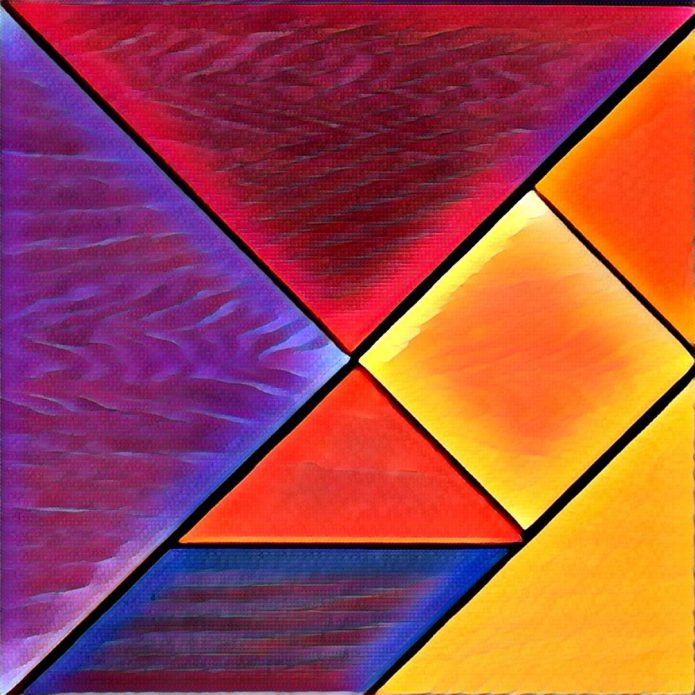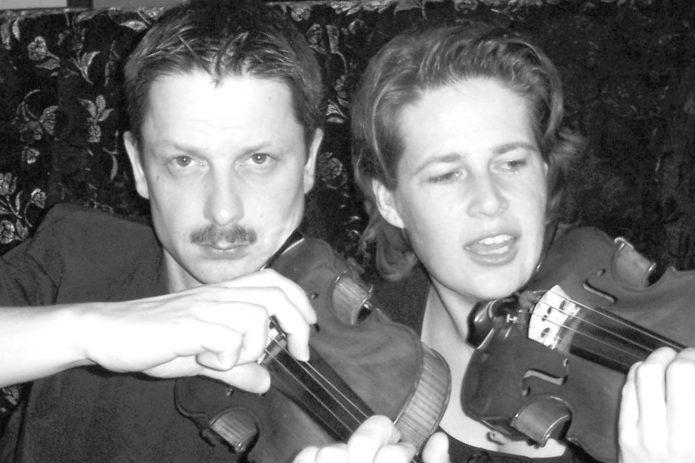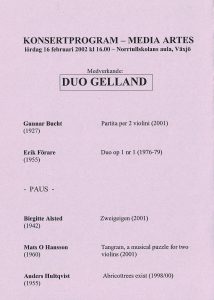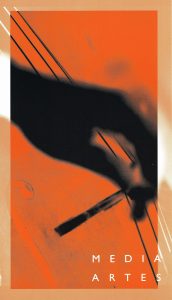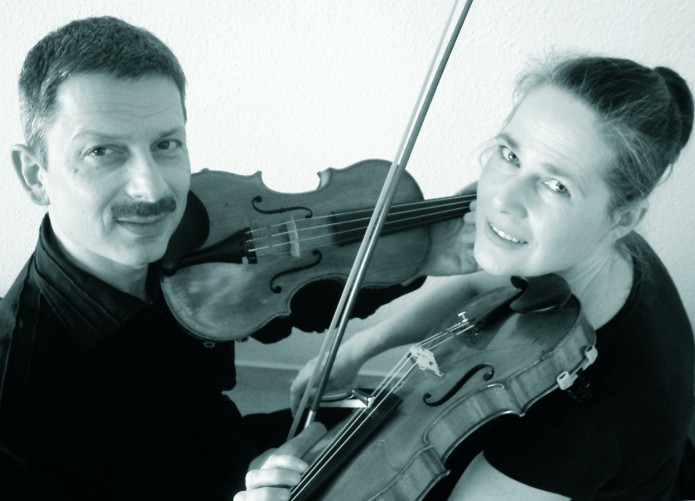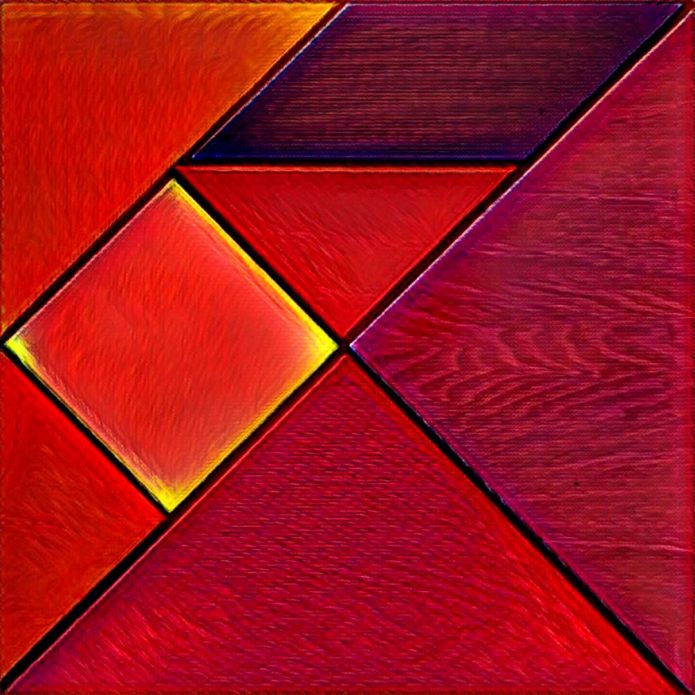Tangram draws its inspiration from the Chinese puzzle of the same name—a square divided into seven parts of varying sizes and shapes, including squares, triangles, and rhomboids. These pieces can be arranged in an almost infinite array of configurations, resulting in both pictorial and abstract forms.
In this musical adaptation, each musician is provided with seven pieces to arrange and play in any sequence they choose. They also have the freedom to insert pauses of any duration between pieces, while adhering to a consistent underlying pulse. This approach allows for flexibility in performance, whether through premeditated composition or spontaneous improvisation.
The process of assembling the musical puzzle can involve either deliberate exploration of different combinations beforehand, akin to composing a piece, or a more spontaneous approach where the order of pieces is determined randomly, with gaps between them decided in the moment. This versatility ensures that each rendition of the piece is unique yet retains the essence of the original.
Originally scored for two violins, Tangram has since been adapted for various other instruments, including viola, flute, alto flute and guitar. This expansion of instrumentation offers further opportunities for diverse interpretations of the piece.
In both recordings provided below, Duo Gelland invited the audience to rearrange the musical pieces, adding an interactive element to the performance.




